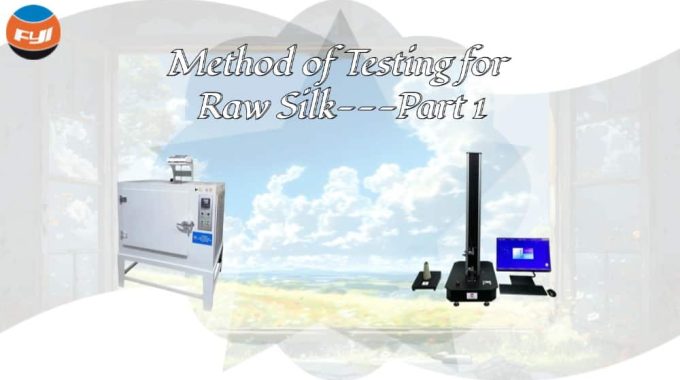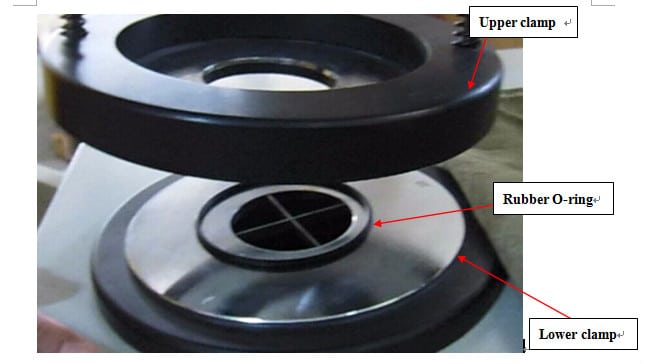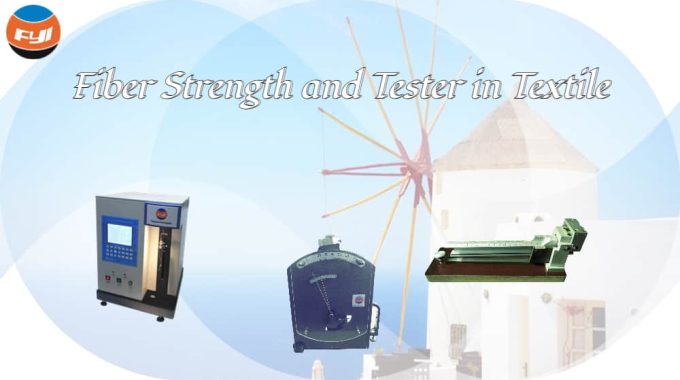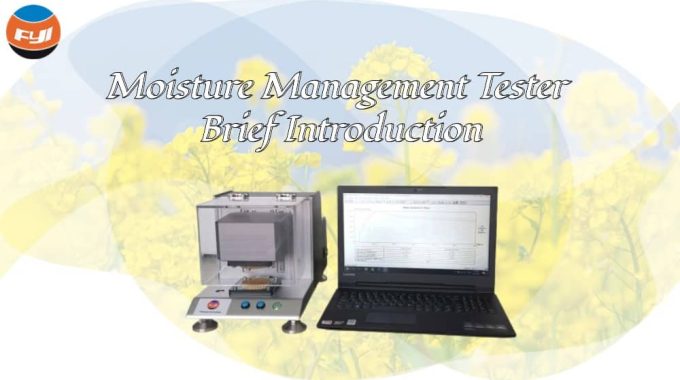
Method of Testing for Raw Silk—Part 1
Silk dates back thousands of years, and still to this day is highly regarded as one of the most valuable, luxurious fabric. Nowadays, raw silk annual production is up to 600,000 tons worldwide. But, the inspection of raw silk is of vital importance during its’ production process.
Overview
Raw silk test is divided into two items——weight and quality inspection. The quality inspection contains appearance, winding, size, evenness, cleanness, neatness, breaking length and elongation at break and cohesion inspection.
The following is an introduction to the normal inspection process, in the order of winding test, size test, breakage length and elongation at break test, evenness test, cohesion test, cleanness and neatness test.
Winding Test
Winding test of raw silk is the first procedure in a series of raw silk inspection items. It refers to the number of broken ends that occur when raw silk is wound by a certain external force. Raw silk on cone needs not to be conducted winding test.
The purpose of the winding test is as follows:
- Check the numbers of silk thread breakage occurs during silk reeling as the basis for evaluating the grade of raw silk.
- Prepare specimens for the latter inspections, such as size, cleanness and elongation at break inspection.
- Supplement the appearance inspection through observing and finding the defects inside of the silk slices during the process of winding.
Equipment Required
Winding frame: equipped with winding speed at Table 1.
Sample Preparation
Number of sample skeins for this test should be 40 skeins out of 50 skeins for a lot which weighs approximately 70 g each and 20 skeins out of 25 skeins for each skein weighing approximately 140 g.
Inspection procedure
When winding is started only the top half of the sample skeins should be wound. The winding should be carried out at a predetermined speed for a specific duration. The number of breaks that occur should be counted and noted. When breaks occur, it is necessary to note the cause of each break and this should be recorded.
The winding speed and duration of winding has also to be adjusted according to the denier of the raw silk being tested. For reference purposes, the different time and speed and other requirements are shown in Table 1.
Table 1. Average speed and winding period for winding test
| Size (D/dtex) | Average speed (meter/min.) | Preliminary winding period | Winding period 70g skeins | Winding period 140g skeins |
| 12 (13.3) or finer | 110 | 5 | 60 | 120 |
| 13-18 (14.4-20) | 140 | 5 | 60 | 120 |
| 19-33 (21.1-36.7) | 165 | 5 | 60 | 120 |
| 34-69 (37.8-76.7) | 165 | 5 | 30 | 60 |
| 70 or coarse | 165 | 5 | 20 | 40 |
Size test
Size inspection refers to the inspection of the changes in the thickness of raw silk. The uniformity of raw silk size is closely related to the length of the fabric, unit area weight, width, and warp and weft density. The uniformity of size directly affects the uniformity of the fabric structure. Size inspection is one of the main inspection items of raw silk, and the main indicators include size deviation, maximum deviation of size, as well as average size and conditioned size.
Terms Explanation
- Size:linear density (mass per unit length) of silk yarns, expresses the degree of coarseness or fineness of silk yarns;
- Nominal size: size indicated by the manufacturer;
- Average size: average value of the tested size of the sizing skeins;
- Conditioned size: size calculated by adding the commercial moisture regain weight to the oven-dry weight;
- Size deviation: standard deviation of the value of the tested size of the silk samples indicating the deviation degree of the sizing skeins from the average size of the whole lot.
Apparatus and Equipment Required
1) Wrap reel: 1125 mm in circumference, a reel circumference of (1000 ± 2,5) mm may be used if mutually agreed by the interested parties.
2) Size testing device:
For balance: resolution ≤0.001 g;
For size tester: 0.25 dtex (0.25 den), a kind of balance with a built-in computing program which changes the weight of each sizing skein (test sample of a prescribed length) into size value according to the definition of size;
3) Oven: equipped with a balance.
Inspection Procedure
Sample preparation
The test length of each sizing skein shall be 112.5 m obtained from 100 revolutions of the wrap reel. When the reel circumference of (1 000 ± 2,5) mm is used, the number of revolutions shall be 112.5.
The number of sizing skeins shall be a multiple of 50, subject to specific silk material specifications or agreement between parties concerned. Otherwise, take the skeins as follows:
- 100 sizing skeins, for a nominal size of silk yarn ≥78 dtex (70 den);
- 200 sizing skeins, for a nominal size of silk yarn <78 dtex (70 den).
Weighing
- Sort every 50 sizing skeins as one group and weigh each skein on a balance or size tester one by one.
- With a balance, weigh the sizing skeins of each group on the balance one by one, and record the mass of each sizing skein. Calculate and record each corresponding size value.
- With a size tester, weigh the sizing skeins of each group on the size tester one by one, and then record the size of each sizing skein.
- Weigh all the 50 sizing skeins of each group together on the balance to get the total weight,
- convert the total weight into total size and round the value to the nearest 0,5 dtex (den).
Data Calculations
1) Average size
Calculate the average size according to Equation (1):

Di is the size of each sizing skein, in dtex (den);
N is the total number of sizing skeins.
2) Size deviation
Calculate the size deviation according to Equation (2):

Di is the size of each sizing skein, in dtex (den);
D is the average size, in dtex (den);
N is the total number of sizing skeins.
Breaking Length and Elongation at Break Inspection
During the processing and use of raw silk fibers, they are subjected to external forces such as tension, torsion, bending, compression, and friction, which determine the durability, wear resistance, hand feel, wrinkle resistance, and dimensional stability of silk fabrics.
The strength test in raw silk inspection usually refers to the strength and elongation test of the filament, which tests the mechanical tensile performance indicators such as the maximum load and maximum elongation that the tow can bear under a certain tensile force.
Apparatus and Equipment Required
1) Electric single yarn strength tester
2) Balance: the range is 200g, resolution is ≤0.01 g;
Sample Preparation
Prepare 10 pieces of silk on cone from winding test as test samples, wind raw silk of different specifications according to the specified revolutions in the table 2 to obtain sample silk:
Table 2. the rules silk sample for breaking length and elongation at break
| Size (D/dtex) | Revolutions of each skein |
| 24 (26.7) and finer | 400 |
| 25-50 (27.8-55.6) | 200 |
| 51-69 (56.7-76.7) | 100 |
Inspection Procedure
Weigh the total weight of the sample with a balance and record it. Divide the silk samples evenly and straighten it. Clamp it appropriately between the upper and lower clamps of the strength tester to prevent slipping or cutting of the sample during stretching. Conduct a stretching test on silk samples one by one, and record the breakage strength and elongation at break.
Data Calculations
Calculate the breakage strength according to the following Equation (3):

where,
P0 is strength length, cN/dtex (gf/D);
Pi is strength length of each silk skein;
Di is size of each silk skein;
T is revolutions of each silk skein;
N is the quantity of silk skeins.
Calculate the elongation at break according to the following Equation (4):



